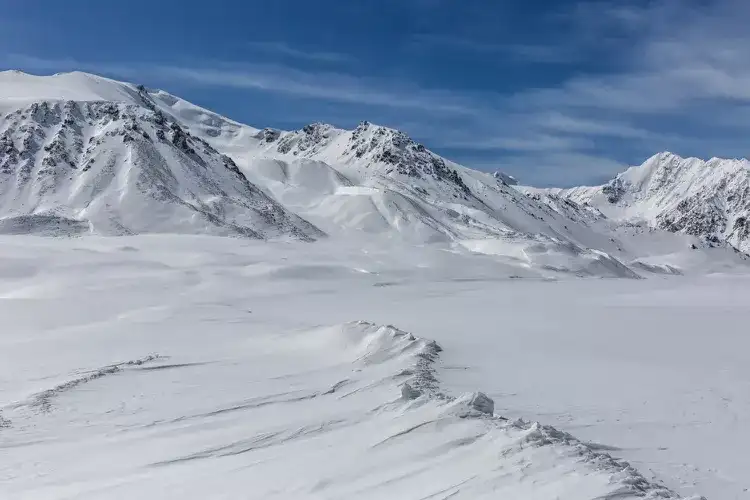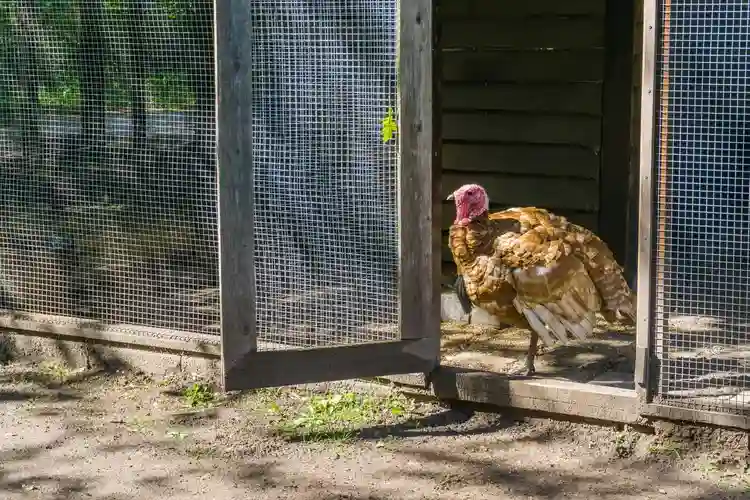The tundra biome stands out for its severe cold, minimal vegetation, and remarkable adaptations among the creatures that call it home. Divided into Arctic and alpine types, tundras stretch across the far north and the tops of the world’s tallest mountains. Here, we break down where tundras are found, their climate extremes, what grows and lives there, and what sets each type apart.
Tundra Biome Overview: Arctic vs. Alpine
The tundra is the world’s coldest biome, defined by its treeless, frozen landscape. But not all tundras are the same. Arctic tundra rings the north pole, sitting between boreal forests and endless polar ice, while alpine tundra can appear on any mountain high enough to stay chilly year-round even on the Equator.
- Arctic tundra lies at extreme northern latitudes, just below the ice cap, across North America, Europe, and Asia.
- Alpine tundra forms above the treeline on the planet’s major mountain ranges, wherever the elevation is high enough to keep trees from growing.
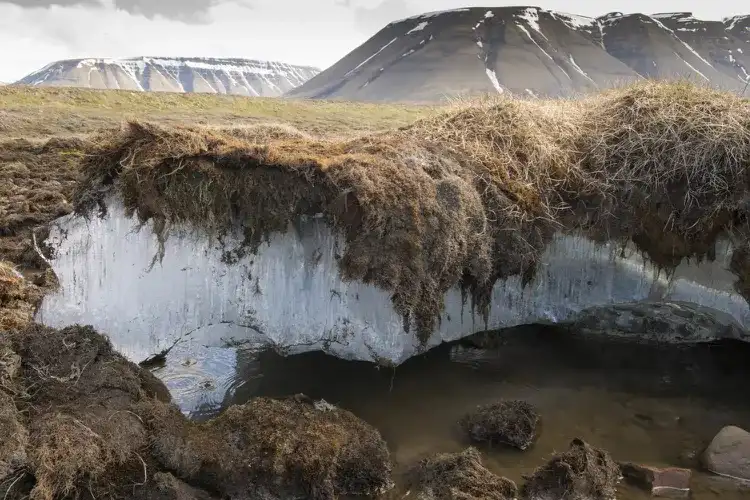
Climate: Extreme Cold and Little Precipitation
What makes the tundra unique is its climate frigid, dry, and unpredictable. Each type faces its own challenges:
- Arctic tundra receives less than 10 inches (25 cm) of precipitation a year, mostly as snow. Winters are brutal, averaging below –30°F (–34°C), while short summers barely climb to 35–55°F (2–13°C), with sunlight around the clock.
- Alpine tundra is equally cold at night, but often receives more precipitation up to 20 inches (51 cm) per year, mostly as snow. It’s notorious for fierce winds, often exceeding 100 miles per hour (160 kph).
Where Tundra Biomes Are Found
Some of the world’s most dramatic landscapes fall into the tundra category. Here are notable regions:
- Arctic tundra: Northern Alaska, Canada, Greenland, Scandinavia, Siberia.
- Alpine tundra: High elevations in Alaska, the Canadian Rockies, the U.S. Rockies, Mexico, the Andes, Himalayas, Mt. Fuji in Japan, Mt. Kilimanjaro in Africa, and the mountains of Northern Europe and Russia.
Vegetation: Survival Without Trees
Tundra plants are masters of adaptation. Permafrost ground that remains frozen year-round prevents roots from penetrating deep, ruling out tree growth entirely. Instead, the tundra’s flora is limited but tough, thriving during short bursts of warmth and light.
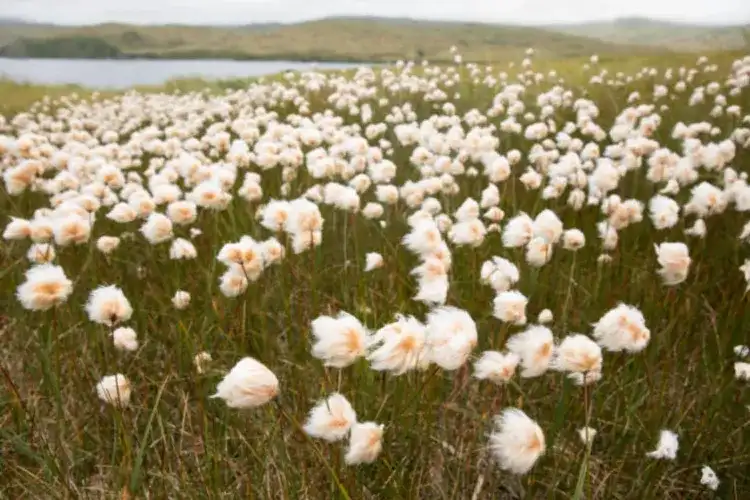
What Grows in Arctic Tundra?
Only low, resilient plants make it: mosses, lichens, sedges, dwarf shrubs, and a scattering of tough grasses. Growth is rapid during the brief summer when the sun never sets, but the poor soil and dry air keep diversity low.
Vegetation in Alpine Tundra
Though also treeless, alpine tundra supports a slightly wider mix short shrubs, perennial forbs, and ground-hugging plants adapted to strong sun and relentless wind. Here, the sun’s presence is more regular year-round, so plants can grow nearly constantly when not covered by snow.
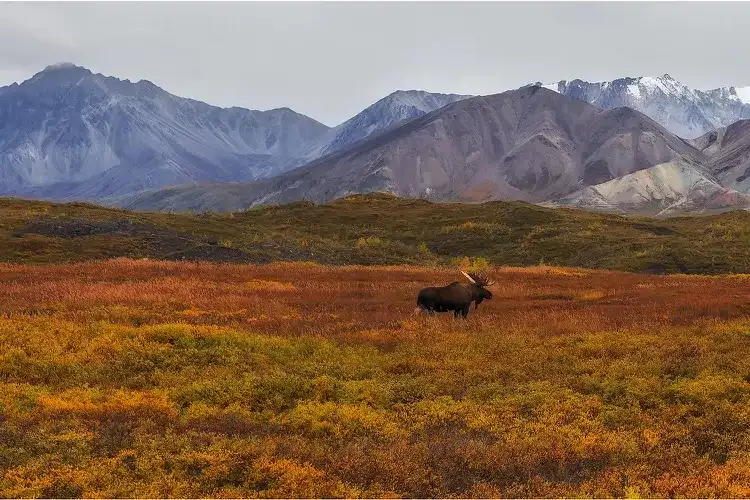
Wildlife: Built for the Cold
Both tundra types are home to specialized animals, each with unique strategies to endure the extremes.
- Arctic tundra: Musk oxen and caribou migrate seasonally. Lemmings, Arctic ground squirrels, and Arctic hares burrow or hibernate to escape the cold. Predators like snowy owls, polar bears, white foxes, wolverines, and a variety of migrating birds round out the ecosystem along with a cloud of summer mosquitoes and black flies.
- Alpine tundra: Larger animals like marmots, bighorn sheep, mountain goats, elk, and grizzly bears migrate to lower elevations in winter. Insects beetles, butterflies, grasshoppers and hardy birds are also found, each adapted to swift weather shifts and thin mountain air.
“Tundra creatures from caribou to cushion plants share one trait: the ability to thrive where most life can’t.”
The tundra biome may seem inhospitable, but it’s a testament to nature’s resilience where life survives, flourishes, and even evolves under the harshest conditions on earth.
